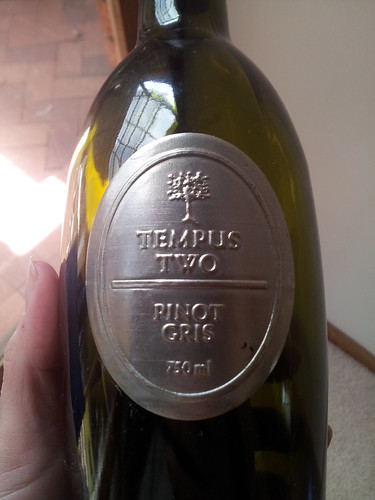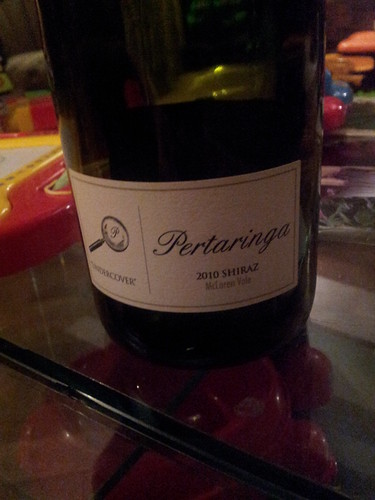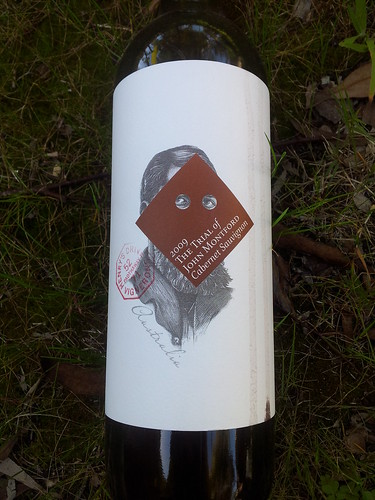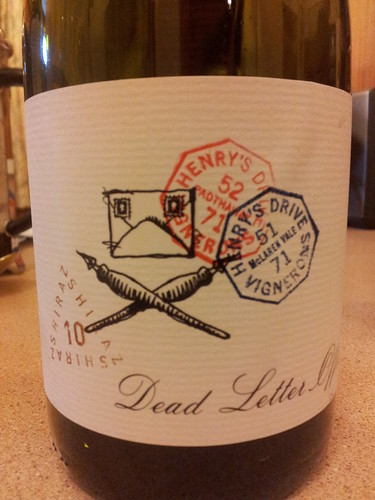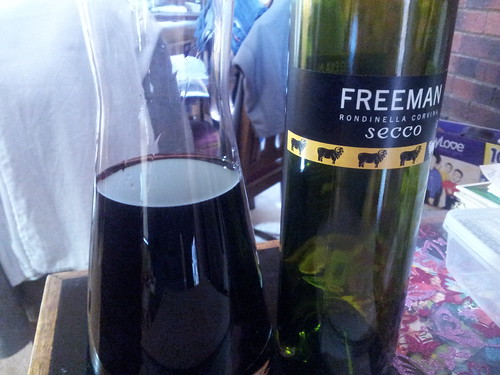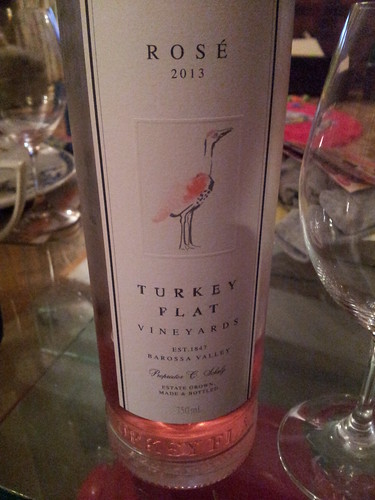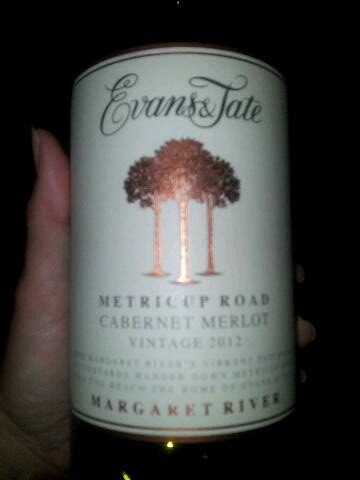
As the new year ticked over I promised myself that this year I would pay more attention to my wine blog. As I write, we’re on the cusp of 1 June – not technically at the half year mark, but so close that the lack of posts appals me.
While there’s no excuse, the irony is that this year, while blogging has been relatively neglected, I feel like I’ve done a lot of writing. Not much of it has been about food and wine, and none in print (the Rioja article in the current James Halliday’s Wine Companion Magazine was written last year – but do go out and buy, read, enjoy). So while writing is not difficult, or even necessarily time consuming, finding some sacrosanct moments when I can think (so not after a full day writing microcontroller code, I can tell you!) has been tricky.
One of my wine drinking aims is to find those wines which punch above their weight. A bottle which costs $50+ and has been cellared carefully for the optimum amount of time blah blah blah should bloody well taste good. But the fun in wine drinking is finding those bottles that are sub $20 that you’d be more than happy to have three of (not in one hit – responsible drinking please!) to every $50 bottle. Yes, you do have to kiss a few frogs but I’d rather burn $20 on a frog than $50.
If you’re interested in wine, you end up reading lots of lists and, in my case, promptly forgetting them, meaning that visits to wine shops are pretty haphazard, but not truly random, affairs. Because I tend towards the esoteric, I’ve created my own list of “wines to try” that (hopefully) will mean I try wines that are more commercially approachable, as well the offbeat. Don’t worry – only this evening I picked up a Kangaroo Island Saperavi, so there will be quirky too.
Anyway, the other night, Andy was heading home from work via Dan’s and I was able to make immediate use of my newly created list and put in my order for the Evans & Tate Metricup Road Cabernet Merlot 2012 (my first pick was the Shiraz which was out of stock). Dan’s will sell it to you for $18 a bottle ($17 if you’re buying six or more).
Evans & Tate, now part of the McWilliams group, is based in Western Australia’s Margaret River. Margaret River has a climate similar to Bordeaux, and both are home to some of the world’s great Cabernet Sauvignon based wines. Cab Sav is often blended with Merlot: Merlot can soften Cab Sav’s tannins, balance the palate (the palate of CS is often described as a doughnut, with Merlot being the filling of the hole) and make the wine much more approachable at a younger age.
At $18 a bottle, I’d hope you wouldn’t be planning on cellaring a bottle of the Evans & Tate Metricup Road. Which is fine, because straight of the shelf and into the glass it is a wine that over delivers.
It is dense purple in the glass (yep, it’s young!) and on the second day (when I wrote the tasting note) the really over cassis notes of the first day had dropped away slightly. There was still cassis (blackcurrant) with black plum, a hint of licorice, some smoke and undergrowth.
The palate matches this: a lot of fresh black fruit – including blackcurrant, with good acidity and reasonably firm tannins. While you notice the tannins they’re not grippy or mouth puckering. There’s also a hint of licorice and chocolate.
The length of the wine is not bad at all and what does impress is the fact that the 14.5% alcohol doesn’t stick out like a sore thumb.
This is a textbook wine. You probably wouldn’t get excited if you spent over $30 but at the sub $20 mark it over delivers. It’s well balanced and typical Cabernet Merlot but lacks the complexity you might expect of a pricier wine. But it’s not a pricier wine – it’s one I found approachable, pleasantly surprising and definitely delivering on bang for buck.
Drink with a protein rich mid-week dinner. A steak, lamb chop or even a pizza won’t be amiss.
$18 from Dan Murphy’s, Pasadena.
Screwcap.
14.5% abv.


